This class was tested on the Grove Fingerprint Sensor Module. It can store up to 163 fingerprints.
It is connected via a UART at 57,600 baud.
This example demonstrates how to register and store a new fingerprint
if (!fp.setupTty(B57600)) {
cerr << "Failed to setup tty port parameters" << endl;
return 1;
}
fp.setPassword(ZFM20_DEFAULT_PASSWORD);
fp.setAddress(ZFM20_DEFAULT_ADDRESS);
if (fp.verifyPassword()) {
cout << "Password verified." << endl;
} else {
cerr << "Password verification failed." << endl;
return 1;
}
cout << endl;
uint8_t rv;
cout << "Place a finger on the sensor." << endl;
while (fp.generateImage() != ZFM20::ERR_OK)
;
cout << "Image captured, converting..." << endl;
if ((rv = fp.image2Tz(1)) != ZFM20::ERR_OK) {
cerr << "Image conversion failed with error code " << int(rv) << endl;
return 1;
}
cout << "Image conversion succeeded, remove finger." << endl;
upm_delay(1);
while (fp.generateImage() != ZFM20::ERR_NO_FINGER)
;
cout << endl;
cout << "Now place the same finger on the sensor." << endl;
while (fp.generateImage() != ZFM20::ERR_OK)
;
cout << "Image captured, converting..." << endl;
if ((rv = fp.image2Tz(2)) != ZFM20::ERR_OK) {
cerr << "Image conversion failed with error code " << int(rv) << endl;
return 1;
}
cout << "Image conversion succeeded, remove finger." << endl;
cout << endl;
cout << "Storing fingerprint at id 1" << endl;
if ((rv = fp.createModel()) != ZFM20::ERR_OK) {
if (rv == ZFM20::ERR_FP_ENROLLMISMATCH)
cerr << "Fingerprints did not match." << endl;
else
cerr << "createModel failed with error code " << int(rv) << endl;
return 1;
}
if ((rv = fp.storeModel(1, 1)) != ZFM20::ERR_OK) {
cerr << "storeModel failed with error code " << int(rv) << endl;
return 1;
}
cout << endl;
cout << "Fingerprint stored at id 1." << endl;
This example demonstrates reading a fingerprint and locating it in the DB
if (!fp.setupTty(57600)) {
cerr << "Failed to setup tty port parameters" << endl;
return 1;
}
fp.setPassword(ZFM20_DEFAULT_PASSWORD);
fp.setAddress(ZFM20_DEFAULT_ADDRESS);
if (fp.verifyPassword()) {
cout << "Password verified." << endl;
} else {
cerr << "Password verification failed." << endl;
return 1;
}
cout << "Total stored templates: " << fp.getNumTemplates() << endl;
cout << endl;
cout << "Waiting for finger print..." << endl;
while (fp.generateImage() == ZFM20::ERR_NO_FINGER)
;
cout << "Image captured, converting..." << endl;
uint8_t rv;
if ((rv = fp.image2Tz(1)) != ZFM20::ERR_OK) {
cerr << "Image conversion failed with error code " << int(rv) << endl;
return 1;
}
cout << "Image conversion succeeded." << endl;
cout << "Searching database..." << endl;
uint16_t id = 0;
uint16_t score = 0;
if ((rv = fp.search(1, id, score)) != ZFM20::ERR_OK) {
if (rv == ZFM20::ERR_FP_NOTFOUND) {
cout << "Finger Print not found" << endl;
return 0;
} else {
cerr << "Search failed with error code " << int(rv) << endl;
return 1;
}
}
cout << "Fingerprint found!" << endl;
cout << "ID: " << int(id) << ", Score: " << int(score) << endl;
|
| enum | ZFM20_COMMAND_T {
CMD_GEN_IMAGE = 0x01,
CMD_IMG2TZ = 0x02,
CMD_MATCH = 0x03,
CMD_SEARCH = 0x04,
CMD_REGMODEL = 0x05,
CMD_STORE = 0x06,
CMD_LOAD_TMPL = 0x07,
CMD_UPLOAD_TMPL = 0x08,
CMD_DOWNLOAD_TMPL = 0x09,
CMD_UPLOAD_IMAGE = 0x0a,
CMD_DOWNLOAD_IMAGE = 0x0b,
CMD_DELETE_TMPL = 0x0c,
CMD_EMPTYDB = 0x0d,
CMD_SET_SYSPARAMS = 0x0e,
CMD_GET_SYSPARAMS = 0x0f,
CMD_SET_PASSWORD = 0x12,
CMD_VERIFY_PASSWORD = 0x13,
CMD_GET_RANDOM_NUMBER = 0x14,
CMD_SET_ADDRESS = 0x15,
CMD_GET_TMPL_COUNT = 0x1d,
CMD_GET_INDEX_TABLE = 0x1f
} |
| |
| enum | ZFM20_ERRORS_T {
ERR_OK = 0x00,
ERR_PACKET_RX_ERROR = 0x01,
ERR_NO_FINGER = 0x02,
ERR_FP_IMAGE_FAILED = 0x03,
ERR_FP_TOO_MESSY = 0x06,
ERR_FP_IMAGE_FEW_FEATURES = 0x07,
ERR_FP_NOMATCH = 0x08,
ERR_FP_NOTFOUND = 0x09,
ERR_FP_ENROLLMISMATCH = 0x0a,
ERR_BAD_LOCATION = 0x0b,
ERR_DB_ERROR = 0x0c,
ERR_UPLOAD_FEAT_FAILED = 0x0d,
ERR_NO_MORE_PACKETS = 0x0e,
ERR_UPLOAD_IMG_FAILED = 0x0f,
ERR_RM_TMPL_FAILED = 0x10,
ERR_EMPTY_DB_FAILED = 0x11,
ERR_INVALID_PWD = 0x13,
ERR_INVALID_IMAGE = 0x15,
ERR_RW_FLASH_ERROR = 0x18,
ERR_INVALID_REG = 0x1a,
ERR_INVALID_ADDR = 0x20,
ERR_NEEDS_PWD = 0x21,
ERR_INTERNAL_ERR = 0xff
} |
| |
| enum | ZFM20_PKTCODES_T { PKT_COMMAND = 0x01,
PKT_DATA = 0x02,
PKT_ACK = 0x07,
PKT_END_DATA = 0x08
} |
| |

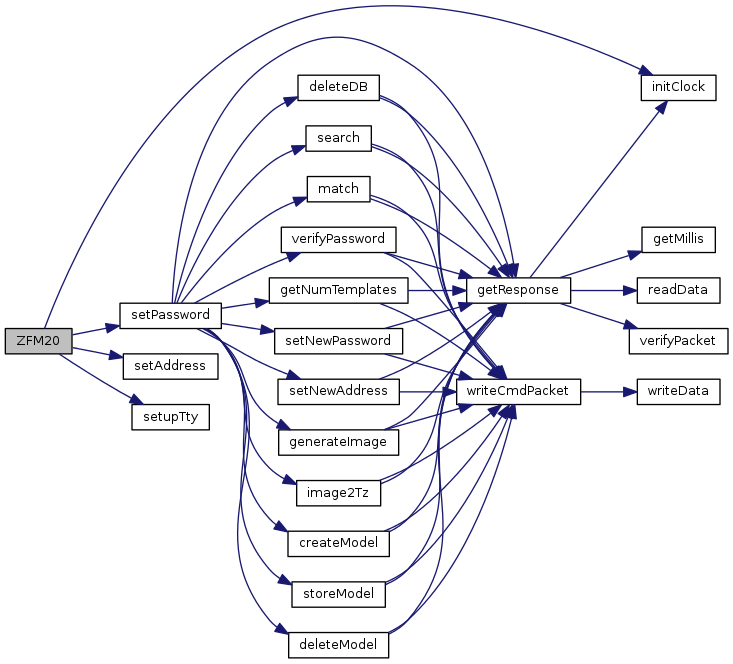
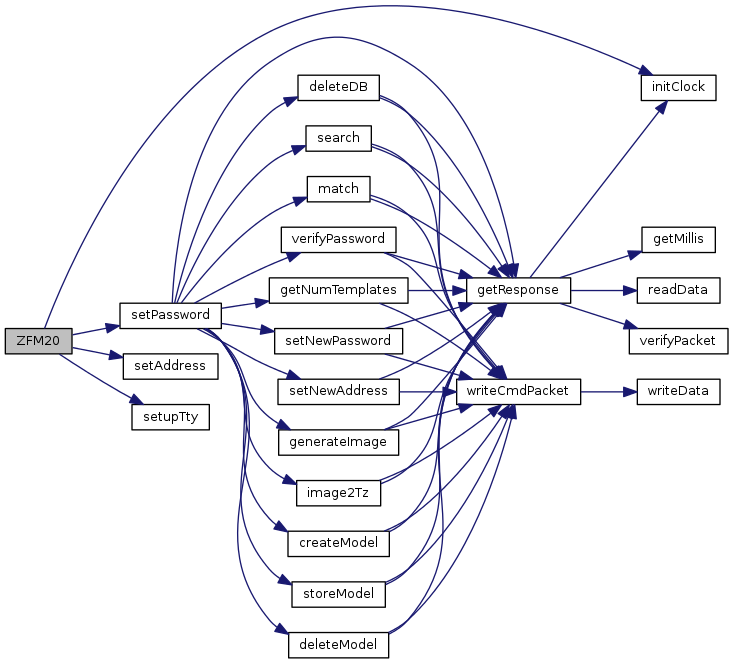

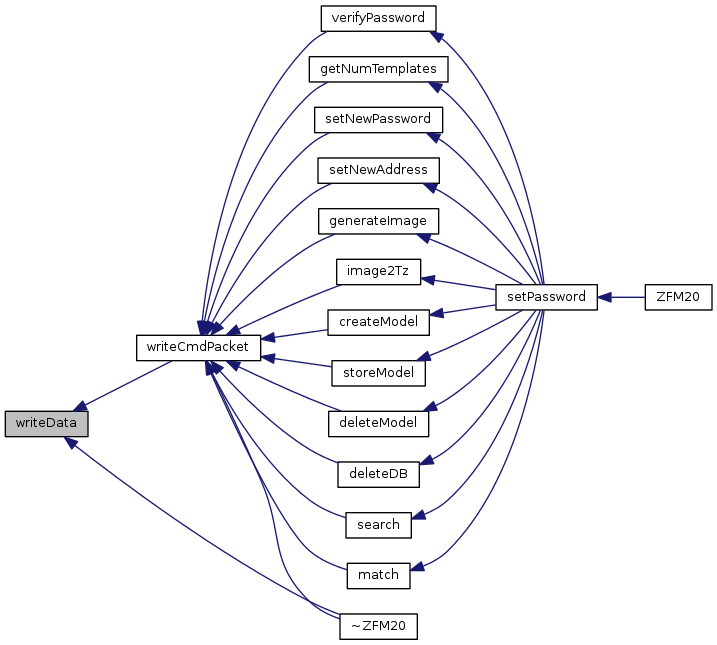


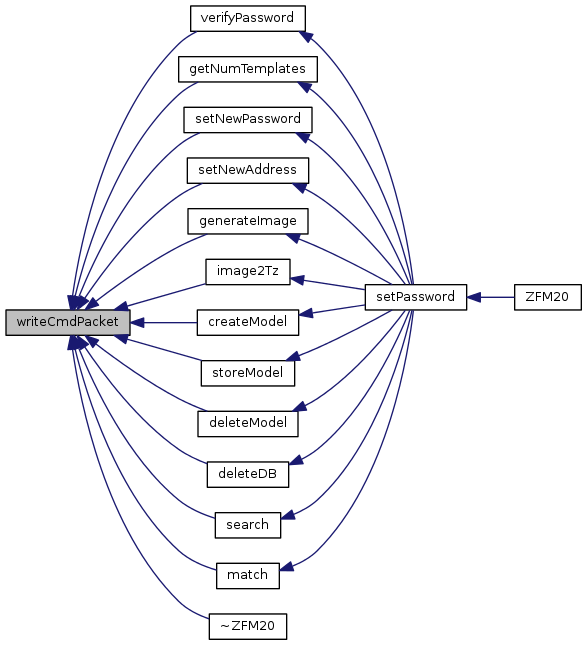
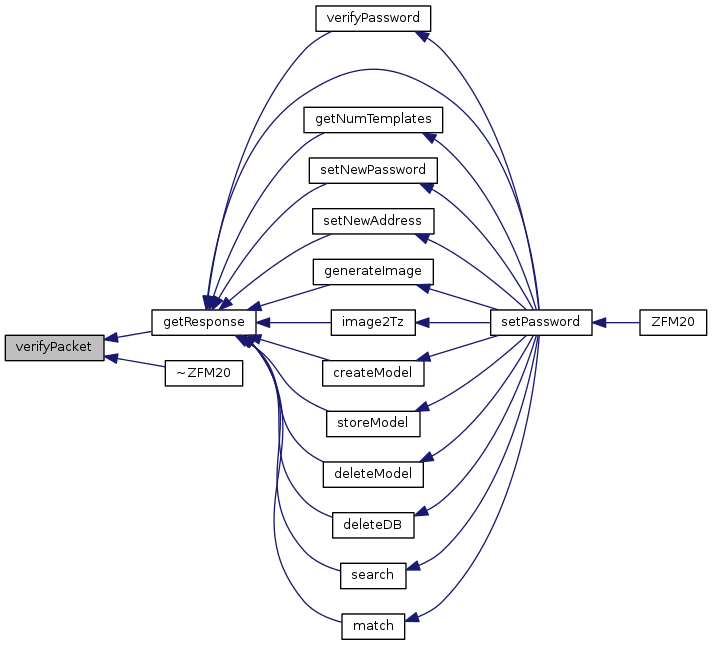
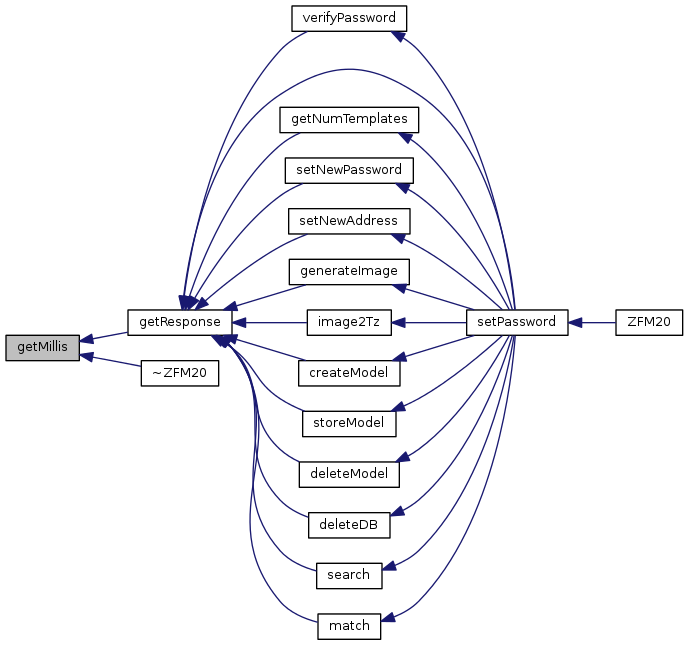
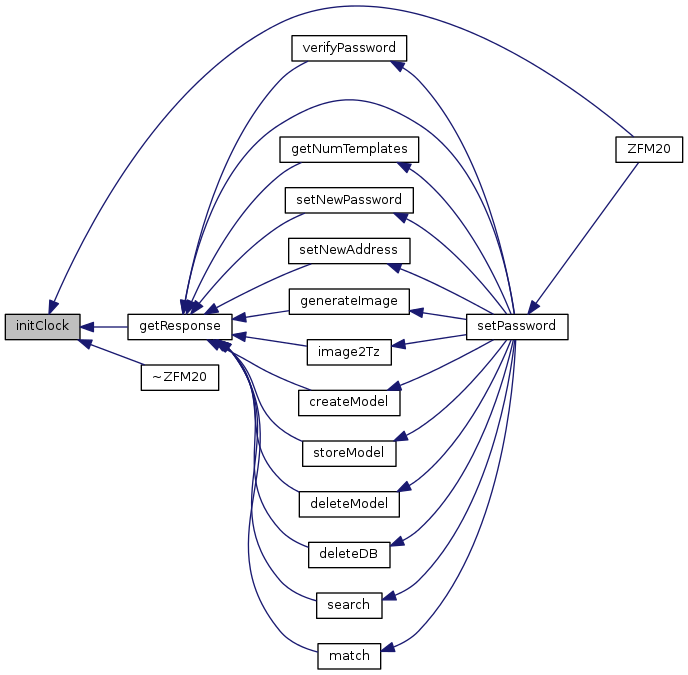

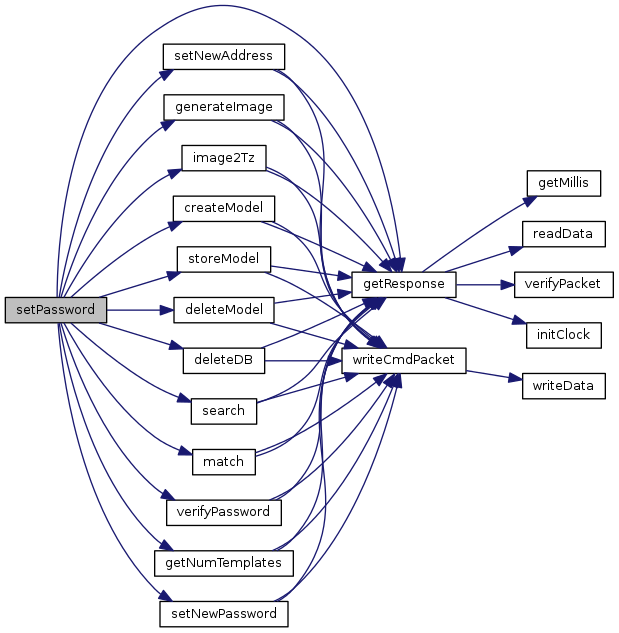



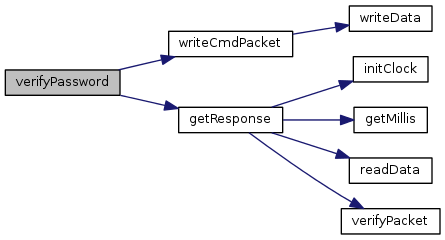

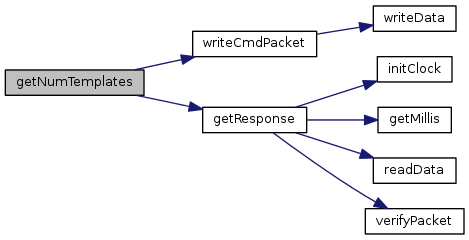

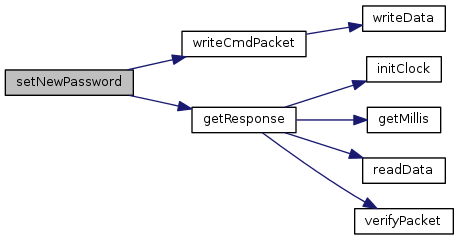

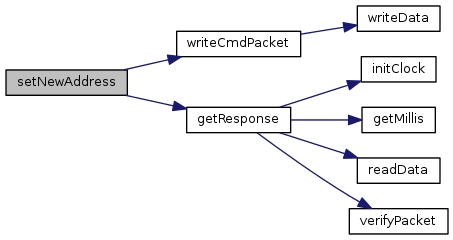

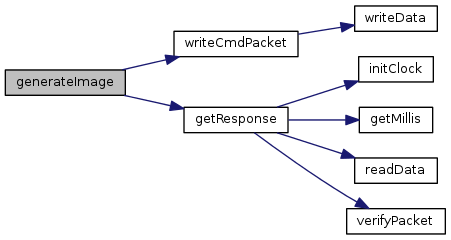

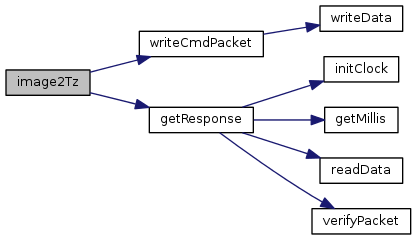

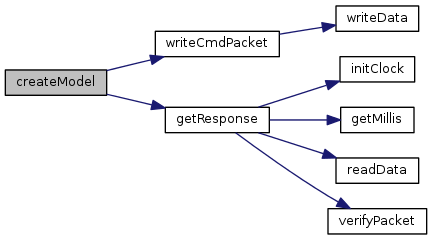

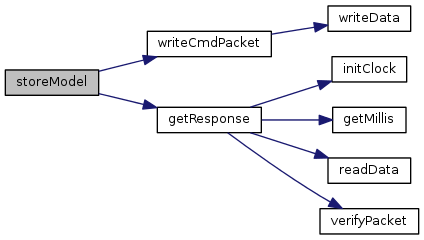

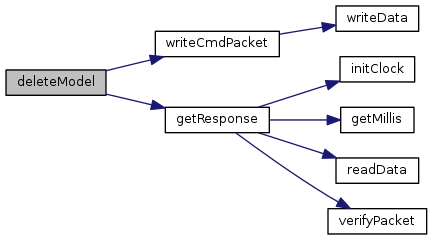

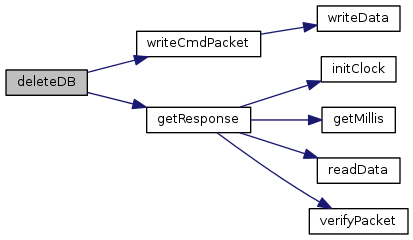

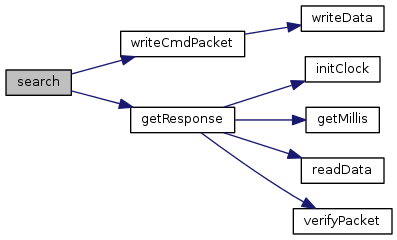

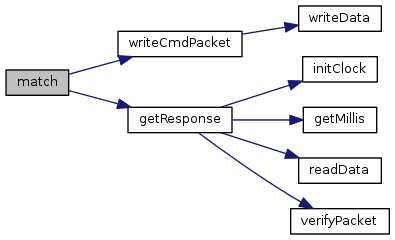

 1.8.11
1.8.11